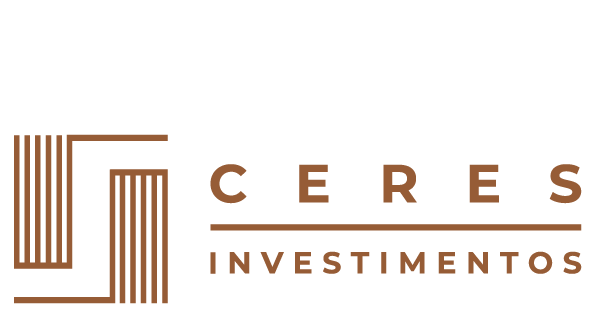The increase in the basic interest rate increases uncertainties in the field and challenges the 2025/2026 Harvest Plan
The decision by the Central Bank’s Monetary Policy Committee (Copom) to increase the Selic rate to 13.25% per year has increased uncertainties in agribusiness regarding rural credit. As an immediate effect, an increase in the cost of contracts with free interest rates — without subsidies or government interference — is expected, which become more expensive.
“When the Selic rate, which is the market reference, increases, all investments that the population makes, in general, seek a higher return. If the cost of money for the financial institution increases, when it comes to lending these resources it will also increase. And this cost goes directly to the rural producer”, explains Jefrey Albers, manager of the Technical and Economic Department (DTE) of the FAEP System.
In the view of Markestrat consultancy, the impact of the increase in the Selic rate is not limited to the increase in the costs of free credit, but also to the scarcity of resources for subsidized credit. “In recent times, with the increase in public debt, there have been fewer and fewer resources left to work with subsidized credit,” the consultancy firm reports. In the long term, the scenario challenges the arrangements of the 2025/2026 Harvest Plan, which is due to be launched in July and has already begun to be discussed by the Ministries of Agriculture and Economy. Albers points to a possible increase in interest rates for the next agricultural and livestock plan, given the inflation expectations set for the following year. “With today’s horizon, with the market signaling that 2025 will close at 15%, the market’s uncertainty about where the economy will go next year may reflect in an increase in the interest rate for the next Harvest Plan,” says the DTE manager of the FAEP System. In another aspect, the private sector, which has been playing an increasingly active role in agricultural financing, with the use of Agribusiness Receivables Certificates (CRAs) and Agribusiness Investment Funds (Fiagros), should increase the requirements for releasing financing. “With the increase in defaults in the last two years, it is likely that many financial institutions will tighten the criteria for releasing credit, making the requirements more rigorous. In addition, the availability of resources should be lower, and costs tend to rise. This is a reality that will undoubtedly have an impact this year”, highlight the experts from Markestrat.
Uncertainty increases in the field
The situation leaves an environment of uncertainty and apprehension in the field. “The producer is already reticent and this phase of interest rates inhibits many long-term contracts. Market uncertainties leave the producer with reservations. If he is going to finance a machine in 10 years, for example, he does not know where the economy is going. If he contracts today at a high interest rate and the market stabilizes, reducing inflation, in two or three years he will still be paying a high rate, since the interest rate is fixed on the date of the contract”, explains Albers.
The impact is not limited to long-term investments, but also affects the cost of the harvest. According to the expert, many producers have avoided taking on high financial risks, since high interest rates directly impact the total cost of production. “To plant, the producer needs capital, and in states like Paraná, the dependence on financing is great. If he cannot obtain affordable credit, he will have to plant with high interest rates, hoping that productivity will be good and prices will be favorable at the time of sale”, points out Jefrey Albers.
More Selic hikes on the horizon?
In a statement released on Wednesday, the 29th, Copom announced its decision to raise the Selic by 1.00 percentage points, to 13.25% per year. According to the Committee, the measure was taken in light of a challenging external scenario, which requires caution from emerging countries. Meanwhile, in Brazil, inflation remains above the target, pressured by domestic and international factors.
The committee did not rule out a new increase of the same magnitude at the next meeting, in March. “Given the continued adverse scenario for inflation convergence, the Committee anticipates, if the expected scenario is confirmed, an adjustment of the same magnitude at the next meeting,” it said in a note. If the adjustment is confirmed, the Brazilian basic interest rate will reach 14.25%. According to the latest Focus bulletin, the expectation is that the Selic rate will end 2025 at 15% per year.

